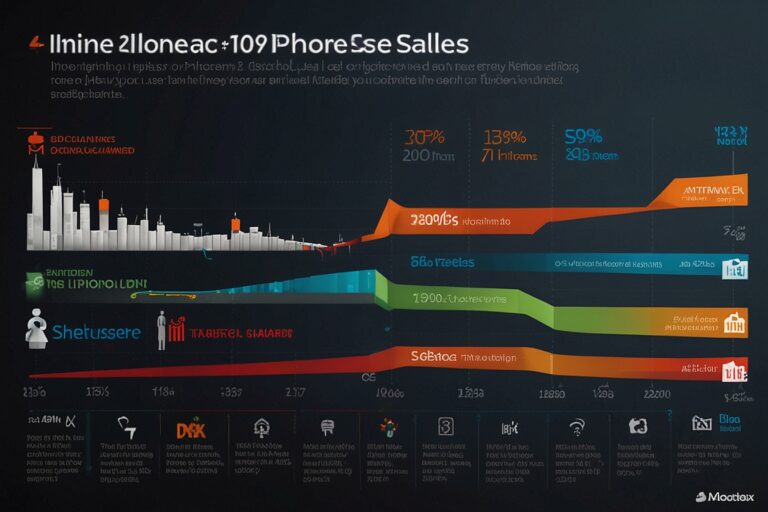
TL;DR:
- Trident Digital Holdings (TDTH) plans to raise $500 million to launch a corporate XRP treasury by 2025.
- The treasury will focus on long-term XRP holdings, staking strategies, and Ripple ecosystem integration.
- Chaince Securities, a U.S.-based firm, is advising the project.
- This move could make TDTH one of the first public companies to adopt XRP as a core treasury asset.
Trident Digital Bets Big on XRP Treasury Strategy
Singapore-based Trident Digital Holdings (TDTH), a Nasdaq-listed technology company, has announced plans to raise up to $500 million to establish what may become the world’s first major corporate treasury centered on XRP. If realized, the initiative would represent a major milestone in the adoption of non-Bitcoin cryptocurrencies in corporate finance.
In a press release issued on June 12, TDTH outlined the purpose of the fundraise: to acquire XRP for long-term holdings, engage in staking-based yield strategies, and build partnerships within Ripple’s ecosystem. The treasury is scheduled to go live in late 2025, contingent on evolving regulatory guidance.
Strategic Vision and Execution Framework
According to Trident Digital’s CEO Soon Huat Lim, this initiative reflects a strategic commitment to using digital assets for capital diversification and governance innovation.
“We see digital assets as key enablers in the evolution of the global financial landscape,” Lim stated. “Our approach combines transparency, strong governance, and strategic foresight.”
The treasury launch will be financed through a blend of equity sales, private placements, and structured capital instruments. U.S.-based Chaince Securities will act as strategic advisor, helping to design and execute the capital formation structure.
Key Details of Trident Digital’s XRP Treasury Plan
| Feature | Details | Source |
| Fundraising Goal | $500 million | CoinDesk |
| Treasury Launch | H2 2025 (pending regulation) | CoinDesk |
| Asset Focus | XRP | Ripple |
| Strategic Advisor | Chaince Securities | Chaince Securities |
| Treasury Use Cases | Holding, Staking, Ripple Partnerships | CoinDesk |
XRP’s Corporate Appeal Still Nascent
The move comes at a time when activity on the XRP Ledger has slowed, and corporate adoption of XRP remains limited. While bitcoin has gained traction among firms like MicroStrategy and Metaplanet, other digital assets—especially altcoins like XRP—have struggled to find similar corporate momentum.
If successful, Trident Digital would diversify the digital asset corporate playbook, offering a model for treasuries beyond Bitcoin.
“We believe the future of corporate balance sheets will include strategic digital assets,” said Lim. “XRP’s utility, especially for cross-border payments and liquidity management, makes it a natural fit.”
Timing Hinges on Regulatory Clarity
A significant part of Trident’s timeline hinges on regulatory progress. While the firm is incorporated in Singapore, a portion of its advisory structure—via Chaince Securities—is based in the United States, where XRP has faced prolonged legal scrutiny from the U.S. Securities and Exchange Commission (SEC).
The SEC’s ongoing litigation with Ripple over whether XRP qualifies as a security has led to jurisdictional hesitance, despite partial legal victories for Ripple in U.S. courts.
As of mid-2025, XRP is not classified as a security for secondary market transactions, but primary offerings remain under legal gray zones, particularly for publicly traded firms. Trident’s initiative may thus set a precedent if it can operate within compliant boundaries.
Broader Implications for Corporate Digital Asset Strategies
Trident Digital’s treasury strategy signals a broader shift in how publicly listed firms are thinking about blockchain. Beyond speculative investment, companies are beginning to see functional utility in digital tokens.
Key advantages of holding XRP include:
- Low transaction fees and high throughput on the XRP Ledger
- Strong positioning for enterprise-level payments and liquidity
- Access to Ripple’s expanding suite of decentralized finance (DeFi) applications
Moreover, staking and yield generation—while not traditionally associated with XRP—could evolve as sidechains and DeFi integrations expand.
Chaince’s Role: More Than Just Advisory?
While Chaince Securities is officially listed as a strategic advisor, market speculation suggests the firm could play a more integrated role in structuring yield-generation protocols or facilitating cross-jurisdictional capital access. Chaince has experience advising tokenized asset funds and may help Trident navigate international crypto regulations.
This hybrid structure—combining American compliance rigor with Singaporean flexibility—could give Trident Digital an advantage in pioneering global crypto treasuries.
What Comes Next?
Over the next six months, Trident will begin engaging institutional investors for its fundraise. Key milestones include:
- Regulatory consultations with Singapore’s MAS and U.S. SEC
- Establishing a multi-jurisdictional fund structure
- Finalizing Ripple ecosystem partnerships
- Developing a staking framework specific to XRP, if feasible
Market watchers will closely monitor Trident’s disclosures, especially as Q4 2025 approaches, which is when the company expects to begin XRP acquisition and deployment.
Conclusion: A Milestone Moment for XRP?
Trident Digital’s move may ultimately legitimize XRP as a treasury asset beyond speculative markets. If executed effectively, it could trigger follow-on investments and corporate experiments with other altcoins—much like MicroStrategy’s impact on Bitcoin’s institutional acceptance.
In the evolving landscape of digital asset finance, Trident’s bet may be seen as bold or premature—but either way, it positions XRP closer to the heart of corporate finance.




